What is our primary use case?
We don't have any specific use cases, however, we do have a variety of workloads running on vSAN.
How has it helped my organization?
It's a massive shift now to have it in the portfolio and to have a complete software-defined data center.
What is most valuable?
The policies the solution has been very good. We use them a lot.
The deduplication and compression are excellent.
There are a couple of features which we are using right now that we really like.
It's the kind of solution that is very easy to use, which may be its most valuable aspect for our organization.
The initial setup is straightforward.
The solution overall is very easy to manage and configure.
What needs improvement?
There's a lot that can be done to segregate. That may be available now in vSAN 7, I suppose, however, the deduplication and compression can be segregated.
Increasing the classifiers to maybe more than 64 could be done in future releases.
The file service is something that can be integrated.
Something more could be done to integrate from a monitoring perspective right in the console itself so that we have deeper monitoring capabilities.
For how long have I used the solution?
I've been using the solution for about three years, however, I suspect it's been even longer than that.
What do I think about the stability of the solution?
We haven't had any issues I can recall in terms of stability. It's pretty reliable. It doesn't crash or freeze. There aren't bugs or glitches.
What do I think about the scalability of the solution?
In our organization's case, we started with a number of nodes and I scaled it up from there. I didn't find any issues expanding the product. Scalability was not a problem.
This is a pretty recent deployment. While I've been working with the solution for three or four years, it's new to the company for the most part.
We plan to increase usage in the coming year. New workloads will get deployed and we'll begin to expand it more.
How are customer service and technical support?
The technical support has been very good. They're quite knowledgable and responsive. We're satisfied with the level of support we get.
Which solution did I use previously and why did I switch?
My organization didn't previously use a different hyper-converged solution. This product is their first in this particular area.
How was the initial setup?
There's no complexity in the original setup of the solution. The implementation is very straightforward.
Deployment was pretty quick. Just testing it out and finally rolling it out we managed to do in a couple of days. I would say within a week we were able to be up and running.
What about the implementation team?
My company was involved directly with a reseller. The other nitty-gritty elements were something that I took care of it.
What's my experience with pricing, setup cost, and licensing?
I was not directly involved from a pricing perspective. I suppose it was competitive and that's why the company went ahead and with vSAN, therefore I assume the pricing is okay.
Which other solutions did I evaluate?
We did look at other options. We ended up choosing vSAN mostly due to the price. However, we also liked how easy it was to set up, configure, and manage compared to other options.
What other advice do I have?
We're a partner with VMware.
Overall, I would rate them eight out of ten. They still have room for improvement. However, overall, we've been pleased with the results. It's easy to use, manage, and monitor.
The solution is best suited for small to medium-sized organizations.
If the solution is ideal for a company depends on the workloads and what they're trying to do right now. If a company would like to make a choice between the All-Flash or the Hybrid, I would definitely go for All-Flash. It may be a bit expensive as compared to Hybrid, however, definitely from a feature perspective and a performance perspective, All-Flash is the way to go.
Which deployment model are you using for this solution?
On-premises
Disclosure: My company has a business relationship with this vendor other than being a customer. partner

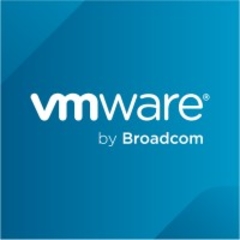







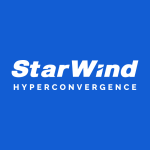


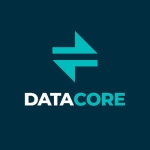



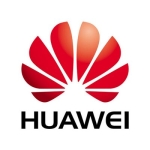
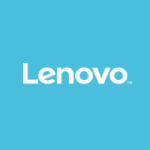

What challenges did you have with Kubernetes and vSAN? Disclaimer: I work for the competition. Thanks!